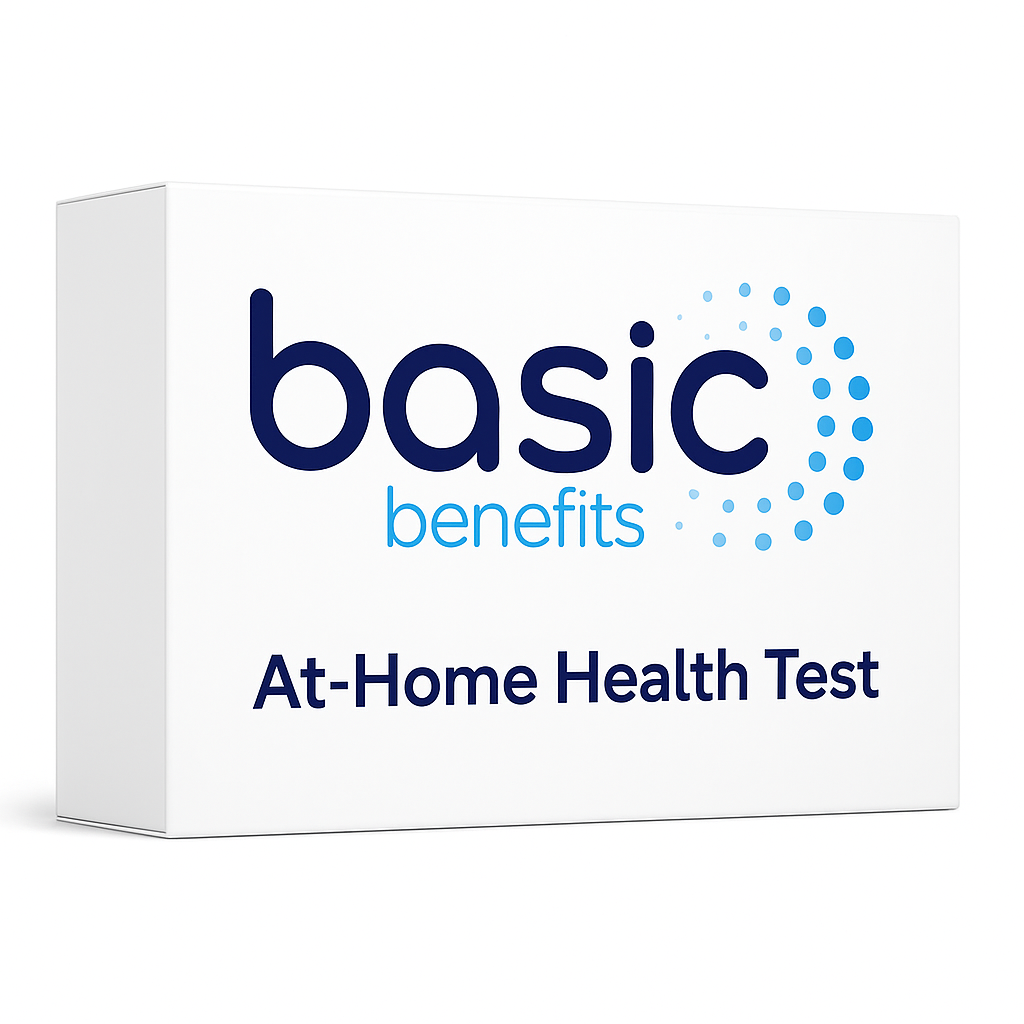Description
About the Cervical Cancer Screening Test
Dread going to the gyno? You’re not alone. Those paper gowns can be painfully revealing. And sliding into those stirrups can be awkward. But getting regular screenings for cervical cancer is one of the best ways to protect your health. Now you can keep up with those all-important screenings from the comfort of your home. By screening for Human Papillomavirus (HPV), the Basic Benefits cervical cancer home test kit offers a quick and convenient way to see if you might be at risk of developing this highly treatable cancer.
Follow the kit instructions to collect your vaginal swab in as little as 5 minutes. Mail your sample to the lab in the pre-addressed, postage-paid envelope. Log in to your account in 2-5 days to get your secure electronic results. It’s that easy!
Included: 1 (ONE) combo mail-in kit for HPV cervical cancer screening
Tests for: 14 types of genital high-risk HPV, including two specific types, HPV-16 and HPV-18, which cause most cervical cancers, plus a group of 12 other high-risk HPV types that may also lead to cancer.
Why Screen for Cervical Cancer
Screening tests can prevent cervical cancer or find it early enough to treat and cure. Cervical cancer is caused by HPV, the most common sexually-transmitted infection (STI) in the United States. The Basic Benefits cervical cancer screening uses advanced DNA technology to look for the high-risk types of HPV that can cause cervical cancer. The test can tell if you are at risk of developing cervical cancer before any cancer cells appear.
How do I get screened for cervical cancer?
In the past, if you wanted to screen for cervical cancer, you had to go to the doctor for a Pap test (also known as a Pap smear) or a Pap test plus HPV testing.
- The Pap test looks for changes in a sample of cells from the cervix, the narrow opening from the vagina into the uterus.
- HPV tests look at the DNA or RNA in cervical cells to detect the high-risk HPV types that may cause cervical cancer.
HPV testing is the most accurate way to identify women at risk of developing cervical cancer.
How accurate is the Basic Benefits HPV cervical cancer screening test?
The Basic Benefits screening test uses a highly accurate process called genotyping to specifically identify the 2 high-risk types known to cause most cervical cancers, HPV-16 and HPV-18. The test also tells you if you are positive or negative for a group of 12 other high-risk HPV types: 31, 33, 35, 39, 45, 51, 52, 56, 58, 59, 66 and 68. This gives you more information about your cervical cancer risk and empowers you to take charge of your health by screening for cervical cancer from the comfort of home.
Does the HPV test screen for genital warts?
No, the HPV test screens for the high-risk HPV types that cause cervical cancer. Genital warts are caused by low-risk HPV types. Genital warts are bumps that appear on the genitals or in and around the anus. They can be itchy and uncomfortable, but rarely lead to cancer. If you think you have genital warts, see your healthcare provider for diagnosis and treatment.
Do I need to screen for cervical cancer if I’ve had the HPV vaccine?
Yes! It is important to keep getting regular screenings for cervical cancer even if you have had the HPV vaccine because the HPV vaccine does not protect against all high-risk HPV types that cause cervical cancer.



Reviews
There are no reviews yet.